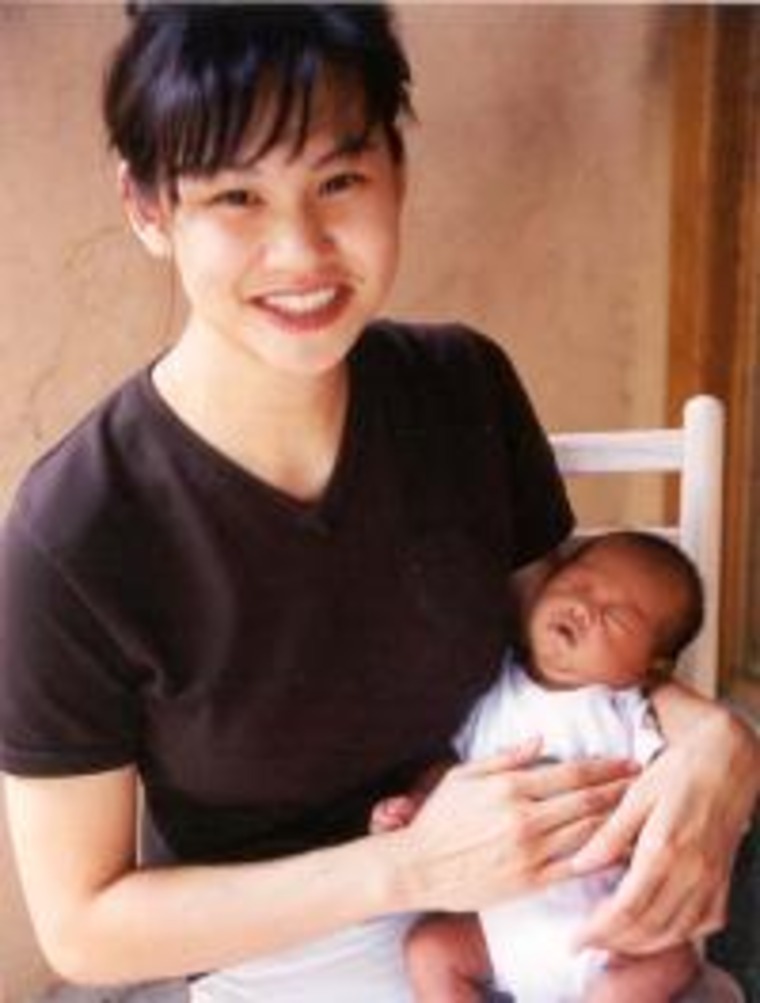Janice Lee

Janice Lee, co-sponsored by the Department of Astronomy.
Through my training in science education and previous experience with students as a high school physics teacher, it has become clear to me that traditional American science curricula is the source of many misconceptions of how scientific progress is made and how research is performed. Frequently, laboratory "experiments" are merely exercises in following cookbook-style directions while assignments and lectures are overly focused on memorization, imitation and repetition. Students are rarely engaged in inquiry activities and are not afforded the opportunity to experience the thrill of discovery or the frustration associated with unmasking trends in data and the gradual construction of a framework for understanding observed phenomena. Traditional classroom science not only is inadequate for developing critical thinking skills, it also leaves students confused about how real-world research is conducted.
As a Space Grant Graduate Fellow, I have been provided with the opportunity to address these concerns while concurrently pursuing research in extra-galactic astronomy as a doctoral student at Steward Observatory.
Presently, I am working with the education department at the Flandrau Science Center to reorganize and improve their demonstration "modules," hour-long ready-to-implement hands-on science lessons. These modules, which include lesson outlines, worksheets and all the materials needed for the suggested activities, are an invaluable resource Tucson classroom teachers, who often do not have the time or supplies required to plan such lessons. Instructors can even request that a Flandrau "demonstrator" come to their classroom to teach the lesson or bring their classes to the Science Center to experience the module instead of implementing the module themselves. However, only four modules are currently available. To remedy this, we are working on creating new ready-to-use modules. In addition, we are also re-organizing the existing modules so that they more nearly approach the student-centered and inquiry-based ideal rather than reflecting the instructor-centered and lecture-based traditional model.
On a second front, I am also beginning a collaboration with the "Research-Based Science Education with the Hubble Space Telescope" (RBSE) project at the National Optical Astronomy Observatory. This initiative involves the development of research-based curricula in which the acquisition and analysis of real astronomical data become the primary channel though which students learn science. I am presently investigating the feasibility of creating a off-site program in which advanced high-school students can become involved in long-term astrophysical research. This requires the identification of a target student population, local mentors, and appropriate research projects. Currently, many able students who are interested in research astronomy are funneled into other disciplines simply because of the greater availability to learn about and participate in projects in those fields. My objective is to encourage more students to pursue careers in astronomy and astrophysics by increasing number of early opportunities for involvement in research in these fields.
Fall 2001 Update
During the Spring of 2001, I completed my collaboration with the Flandrau Science Center in the development of "demonstration modules," hour-long ready to implement hands-on science lessons. We have designed a module that allows primary school students to explore the phenomenon of magnetism. In this module students are introduced to the concept of "force field" through discussion and activities that involve building compasses and mapping field lines of various types of magnets using iron filings and ferromagnetic fluid. In an experiment that involves building electromagnets, the students also discover that current carrying wires have magnetic properties. They learn about the variables that contribute to the strength of an electromagnetic field through a class competition that asks the student to build the strongest electromagnet possible using a given set of materials. Flandrau volunteers were trained to use the module, which includes a central lesson plan, worksheets, and lab materials, this past April. The module has been made available to TUSD teachers since mid-April. In addition, we have worked on modifying and updating other existing modules on the subjects of light and optics.
This past April, I also developed an inquiry-based galaxy classification activity. In this activity, students are asked to work in groups of three to four. After a short introduction to the various types of celestial bodies that an astronomer can observe in the night sky, each group receives a set of 25 galaxy cards consisting of mid-quality black-and-white images of galaxies of various morphological types. The groups are asked to invent a classification scheme to categorize the different types of galaxies and then are asked to compare and contrast their schemes. The students are then asked to think about the possible physical relationships between the objects. The activity was field tested at the Mansfield Elementary School as part of a week-long unit which introduced students to the importance of classification in science. The activity was also offered to participants in "Daughters' on Campus Day" as individual hour-long introductions to extragalactic astronomy. The activity was a success with children (and adults) of all age groups, and allowed the participants to truly explore and learn about crucial concepts of astronomy without the need for a prerequisite of a large base of prior knowledge. It was extremely satisfying to observe students as they reinvented Hubble's classification scheme and developed theories on galaxy mergers and effects of inclination on the appearance of disk galaxies. Currently, I, along with Suzanne Jacoby (NOAO), Connie Walker (NOAO) and Tim Slater (Steward), are writing a NASA IDEAS grant to request funding to develop, test and disseminate the activity on a nation-wide level. We are working to incorporate these central ideas concerning the extragalactic sky into the standard basic science middle school curriculum. This endeavor will involve the acquisition of color high-resolution galaxy images from existing archives, the design and mass-production of new galaxy cards, testing and evaluation on the district level, dissemination through the existing Project- Astro network and the National Science Teachers' Association, and presentations at conferences. We project that these goals will be completed on a two-year time scale.

